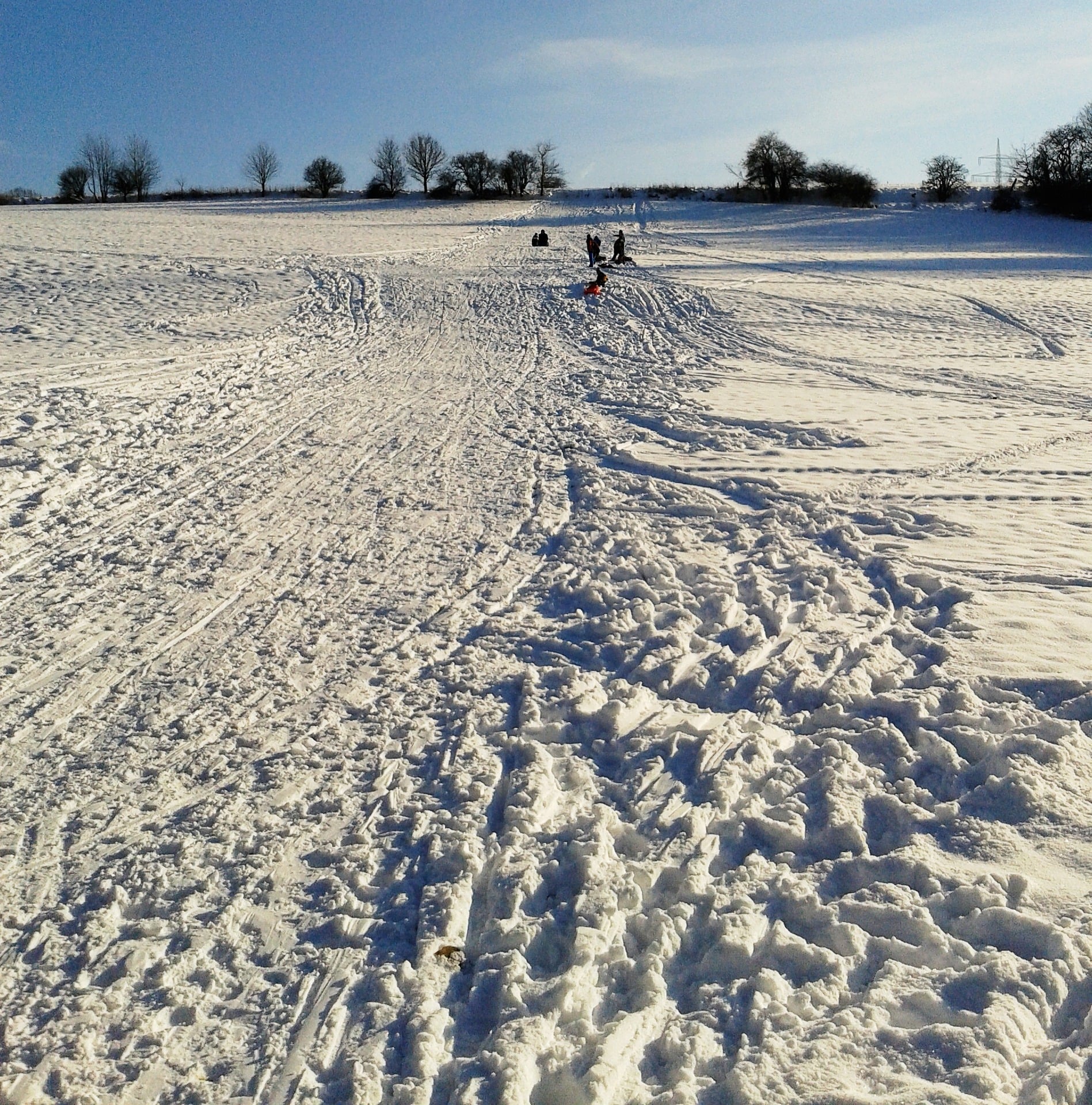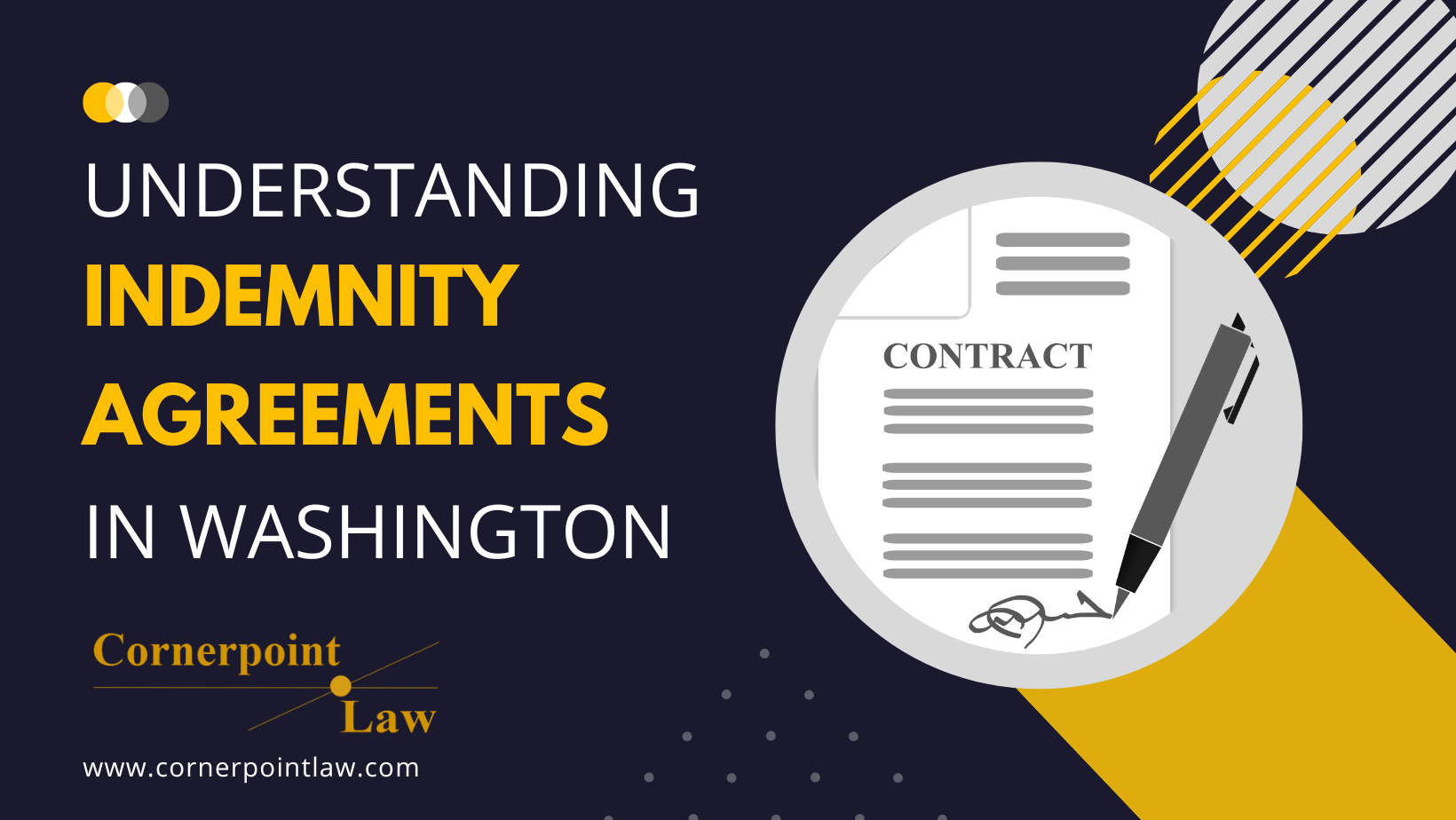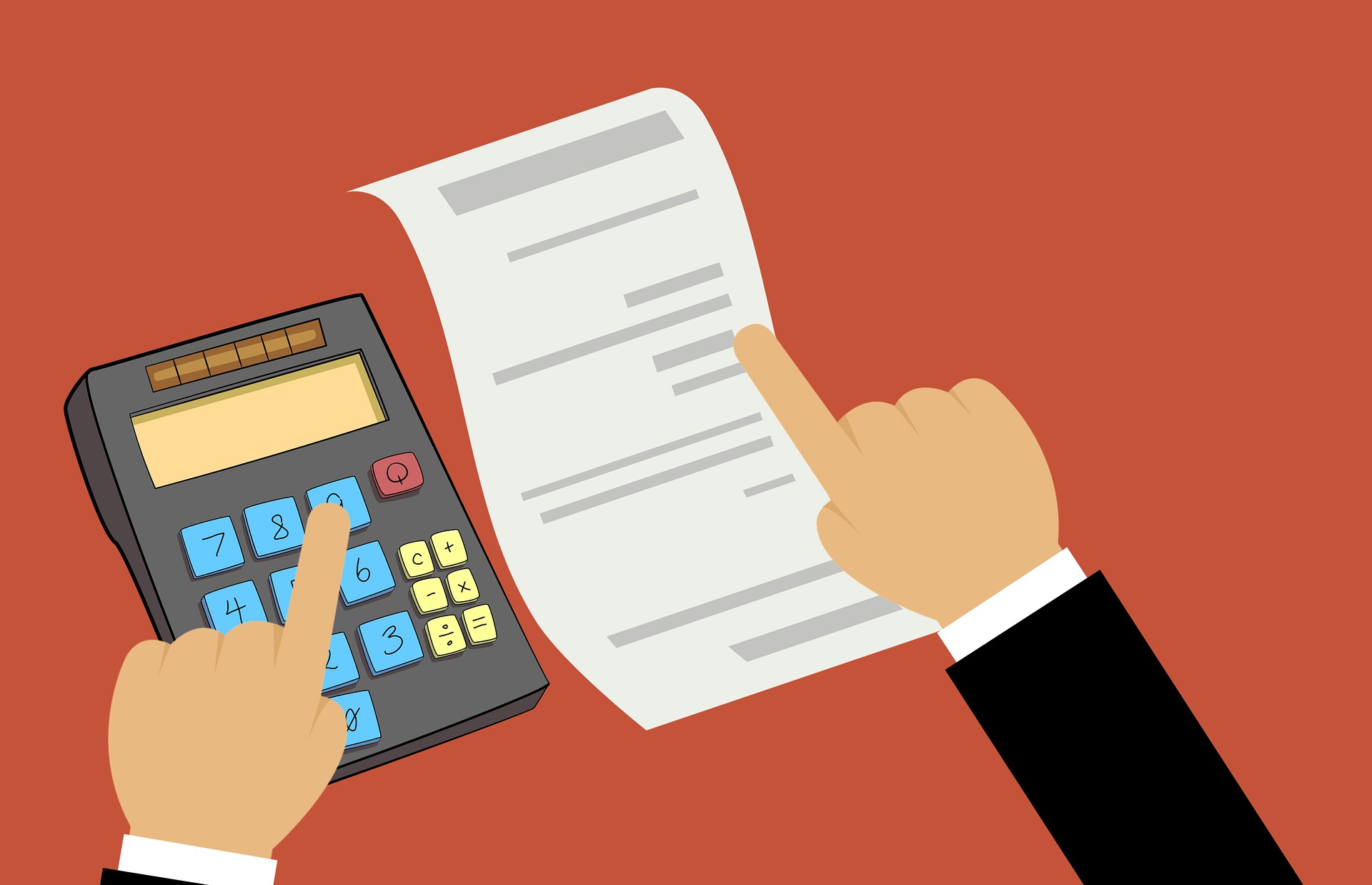Risk Mapping: Consider Chance and Consequence
December 18, 2018
Unauthorized use and/or duplication of blogposts without express and written permission is strictly prohibited. Excerpts and links may be used, provided that full and clear credit is given, and with appropriate and specific direction to the original content.
The author of this post can be reached by phone at 206-693-2718 or by email.
Steer Your Sled
By Stacia Hofmann
In this blogpost, I cover the concept of risk mapping – a way of identifying and prioritizing risks. I then summarize a Washington product liability case involving catastrophic injuries from a snow tubing accident. The court looked at the product seller’s risk map to perform its own risk assessment.
What is Risk Mapping?
Risk mapping is a way to organize risks according to their likelihood of occurrence and the resulting severity of loss. Risk mapping can be done for any type of risk: legal, operational, strategic, financial, and so on.

:arrow: Risks that have a low probability of occurrence and a low severity of loss are of least concern.
:arrow: Risks that have a high probability of occurrence but a low severity of loss are of low concern.
:arrow: Risks that have a low probability of occurrence but would result in severe loss are of great concern.
:arrow: Risks that have a high probability of occurrence and would result in severe loss are of the most concern.
At Cornerpoint Law, attorney and certified risk manager Stacia Hofmann uses risk mapping concepts to prioritize risks and identify ways in which the law can be used to prevent or reduce risks. In her practice, she primarily uses risk mapping for clients who are:
- entering into contracts;
- engaging or terminating employees;
- selecting insurance coverage;
- developing policies and procedures; or
- pursuing or defending claims in a lawsuit.
Higgins v. Intex Recreation Corp., 123 Wn. App. 821, 99 P.3d 421 (2004)

Let’s discuss a real example of a risk map. In the Higgins case, the defendant, Intex, sold a snow tube called the “Extreme SnoTube II.” This model of snow tube lacked a mechanism or method for the rider to remain facing forward. The day Intex’s tube was purchased, it was used by a rider who, on his second run, rotated backward. Near the bottom of the hill, the rider collided with the plaintiff, who had run into the path of the tube to lift a child out of the way. Tragically, the accident left the plaintiff quadriplegic.
The plaintiff filed suit against Intex, the rider, the child, and the child’s father. Among his product liability claims against Intex: the Extreme SnoTube II was not reasonably safe as designed. In discovery, where the parties exchange non-privileged information, Intex provided a risk map. The court summarized the risk map and the tube’s design:
Intex ranked the Sno-Tube 1-A, that is, most likely to involve collisions with severe injuries resulting. Intex recognized that a problem with the SnoTube is that “[u]sers may believe that these products have a steering mechanism and [may] misjudge their ability to control them.” [] Speed is a function of the Sno-Tube. Intex’s Sno-Boggan goes just as fast but does not rotate. The only way to stop the Sno-Tube is to bail out. Competitors sell inflatable sledding devices with ridges that assist the rider in directing them. But the general position of Intex was that if the SnoTube did not go fast and rotate it would not be a Sno-Tube.
The jury found Intex 35% at fault for the accident. However, because the jury did not find the plaintiff any percentage at fault, under Washington “joint and several liability” laws, this meant that the plaintiff could collect the entire 100% from Intex.
Intex appealed, but the Washington Court of Appeals held that because the plaintiff produced evidence that ridges on the bottom of the tube would have controlled rotation and assisted with steering without compromising speed, the jury could have reasonably found that this alternative design would permit riders to avoid collisions like the one that occurred. As the court noted, “Now, the ride down a snow-covered hill backward at 30 miles per hour may be a thrill. But it has very little social value when compared to the risk of severe injury. We do not think the Sno-Tube is a product that is ‘necessary regardless of the risks involved to the user.'”
Risk Management Tip
Mapping risks to determine the chances of occurrence and potential consequences allows businesses to make purposeful decisions.1 Think of risks with high probabilities and severe consequences as having flashing red “Danger Ahead” signs. Proceed only when fully informed, after as much risk reduction as possible, and after very very careful consideration.

This blog is for informational purposes only and is not guaranteed to be correct, complete, or current. The statements on this blog are not intended to be legal advice, should not be relied upon as legal advice, and do not create an attorney-client relationship. If you have a legal question, have filed or are considering filing a lawsuit, have been sued, or have been charged with a crime, you should consult an attorney. Furthermore, statements within original blogpost articles constitute Stacia Hofmann’s opinion, and should not be construed as the opinion of any other person. Judges and other attorneys may disagree with her opinion, and laws change frequently. Neither Stacia Hofmann nor Cornerpoint Law is responsible for the content of any comments posted by visitors. Responsibility for the content of comments belongs to the commenter alone.
- Note that written risk maps are not necessarily confidential. For example, in the Higgins case, at issue was a product liability rule called the “risk-utility test,” which contrasts a product’s potential harm with its usefulness. The risk map was relevant to that analysis. ↩




